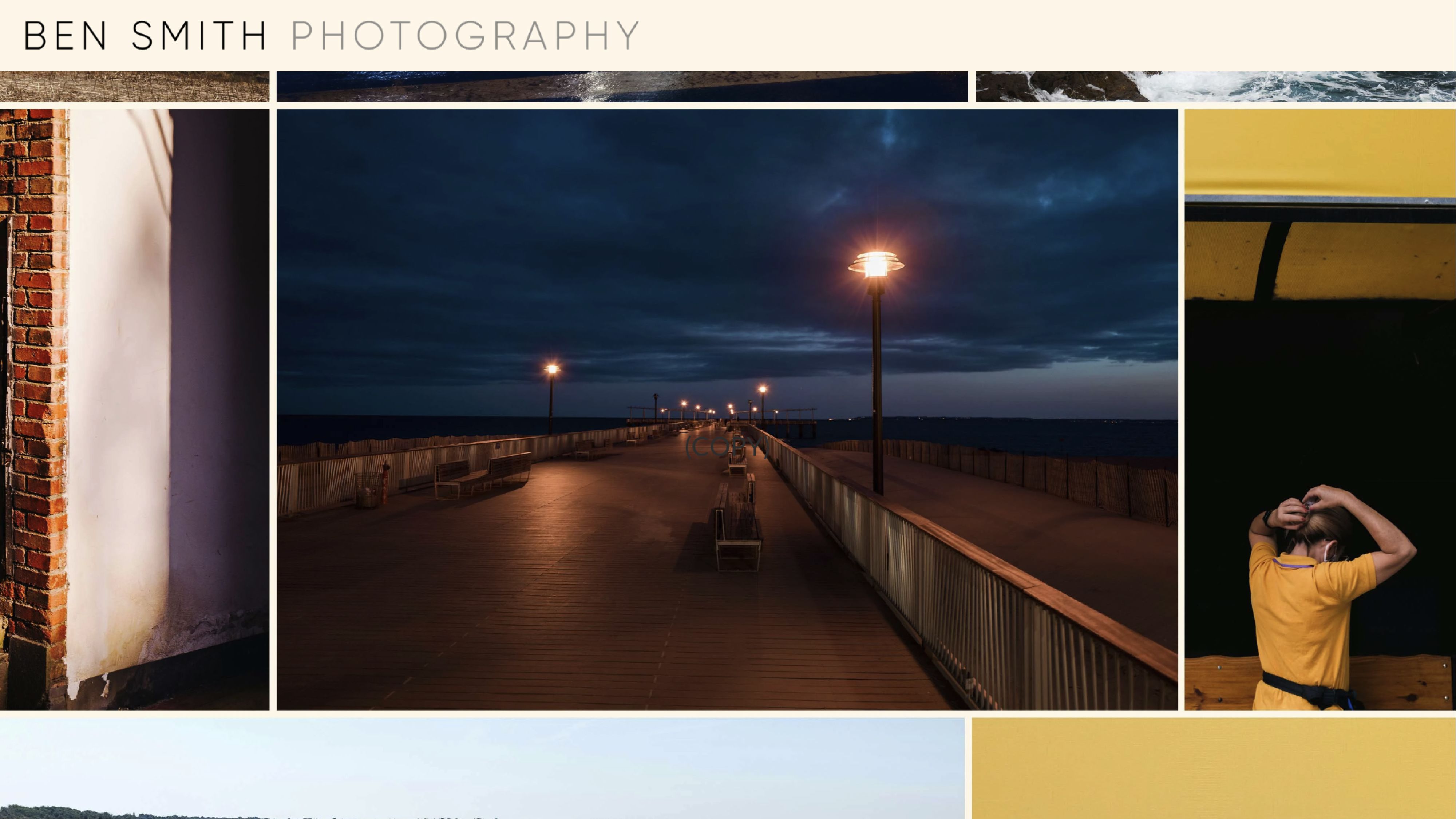A beginner's guide to ISO in photography
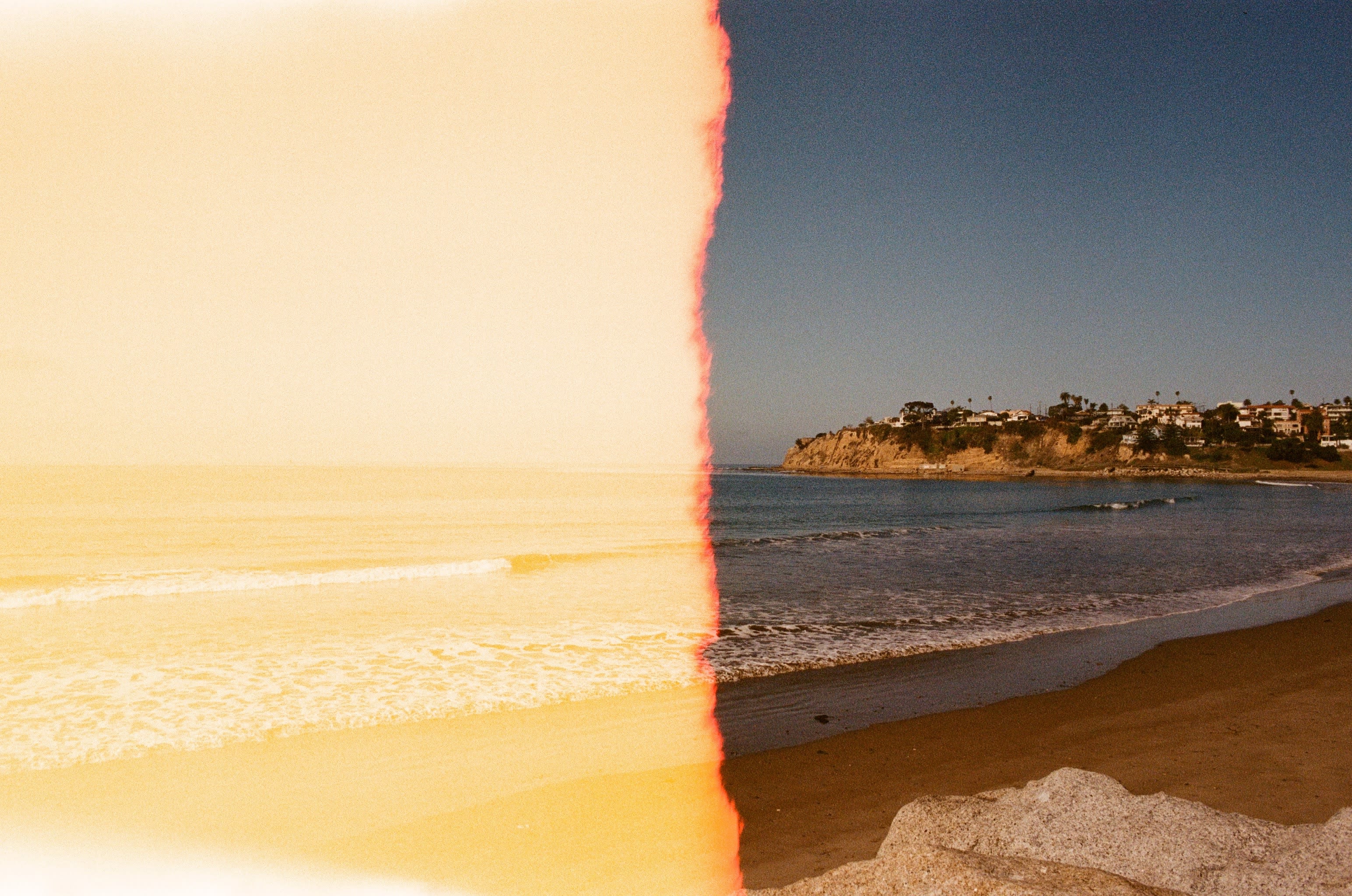
Have you ever taken a picture and it's turned out blurry or too dark? If you have — like most of us — then you probably need to learn about ISO.
ISO is a number that represents how sensitive your camera sensor is to light. The higher the ISO number, the higher your camera’s sensitivity, and the less light you need to take a picture. The trade-off is that higher ISOs can lead to degraded image quality and cause your photos to be grainy or 'noisy.'
Along with aperture and shutter speed, ISO is often considered part of the 'exposure triangle', and should be considered alongside those two settings.
Learning about ISO can help you take better, more evocative pictures. But there are some risks you need to be aware of, which we'll cover in this piece.
We’ll also cover:
Start creating with Shorthand
It's the fastest way to publish beautifully engaging digital magazines, reports, internal comms, and more.
What is ISO in photography?
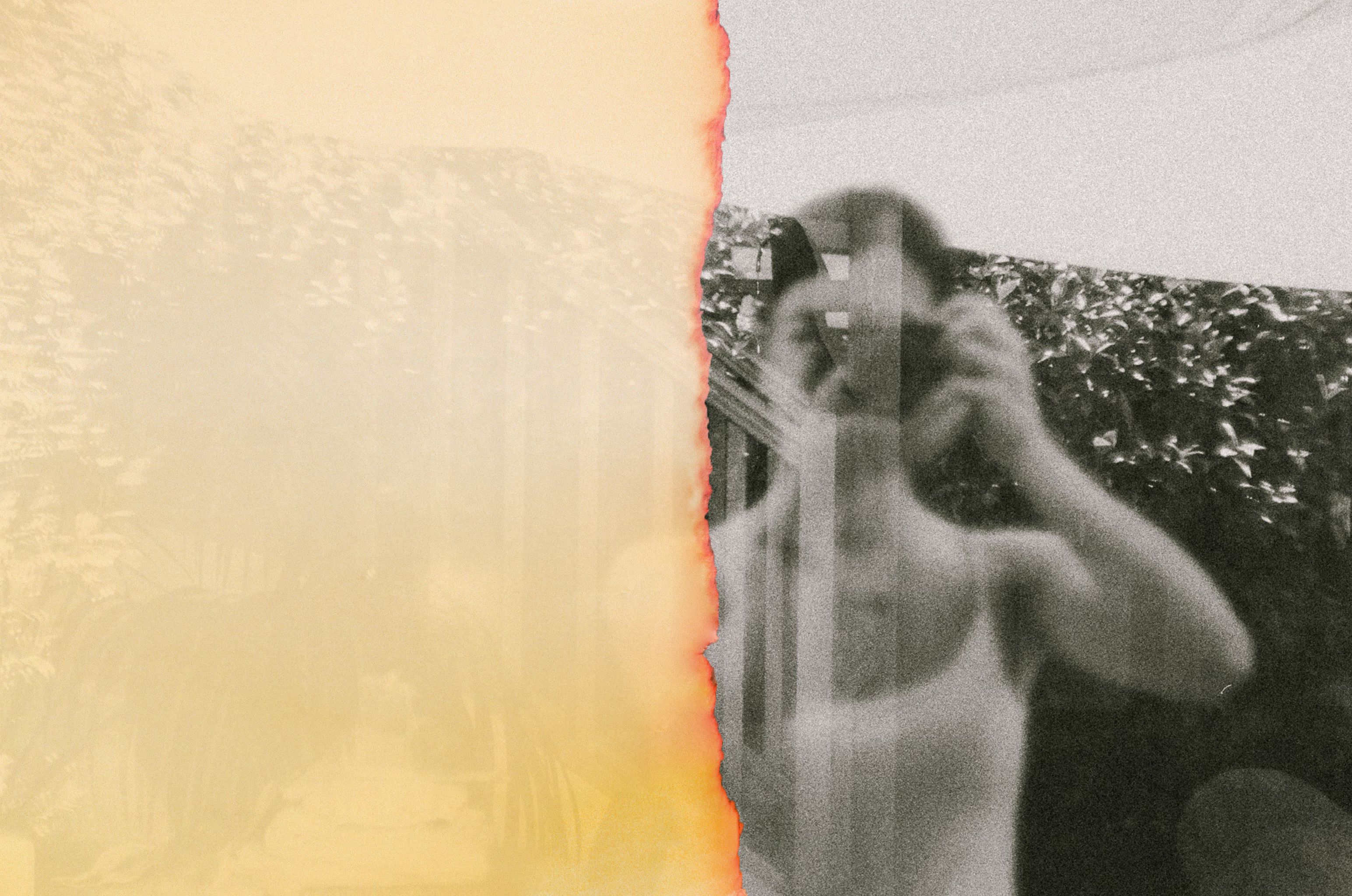
ISO* settings on a camera affect how sensitive the film — or image sensor in digital photography — is to light. The higher the ISO, the more sensitive it is and the brighter your photos will be.
In low light situations, it is often necessary to raise the ISO in order to get a clear picture. The big problem with raising the ISO, though, is that it introduces 'noise' into the image (we talk about this more below), which can make it appear grainy.
If you are taking a picture in ideal light conditions, you will want to keep the ISO low in order to avoid introducing noise into the image.
Generally speaking, though, you'll want to experiment with different ISO settings to see what gives you the best results in different lighting conditions.
* In case you're curious, ISO stands for International Organization for Standardization.
Looking for great examples of photography? Check out our roundup of excellent photo essays.
Photography portfolio template
Showcase your creativity with this free and simple template for commercial photographers, studios, freelancers, and hobbyists.
How is ISO measured?
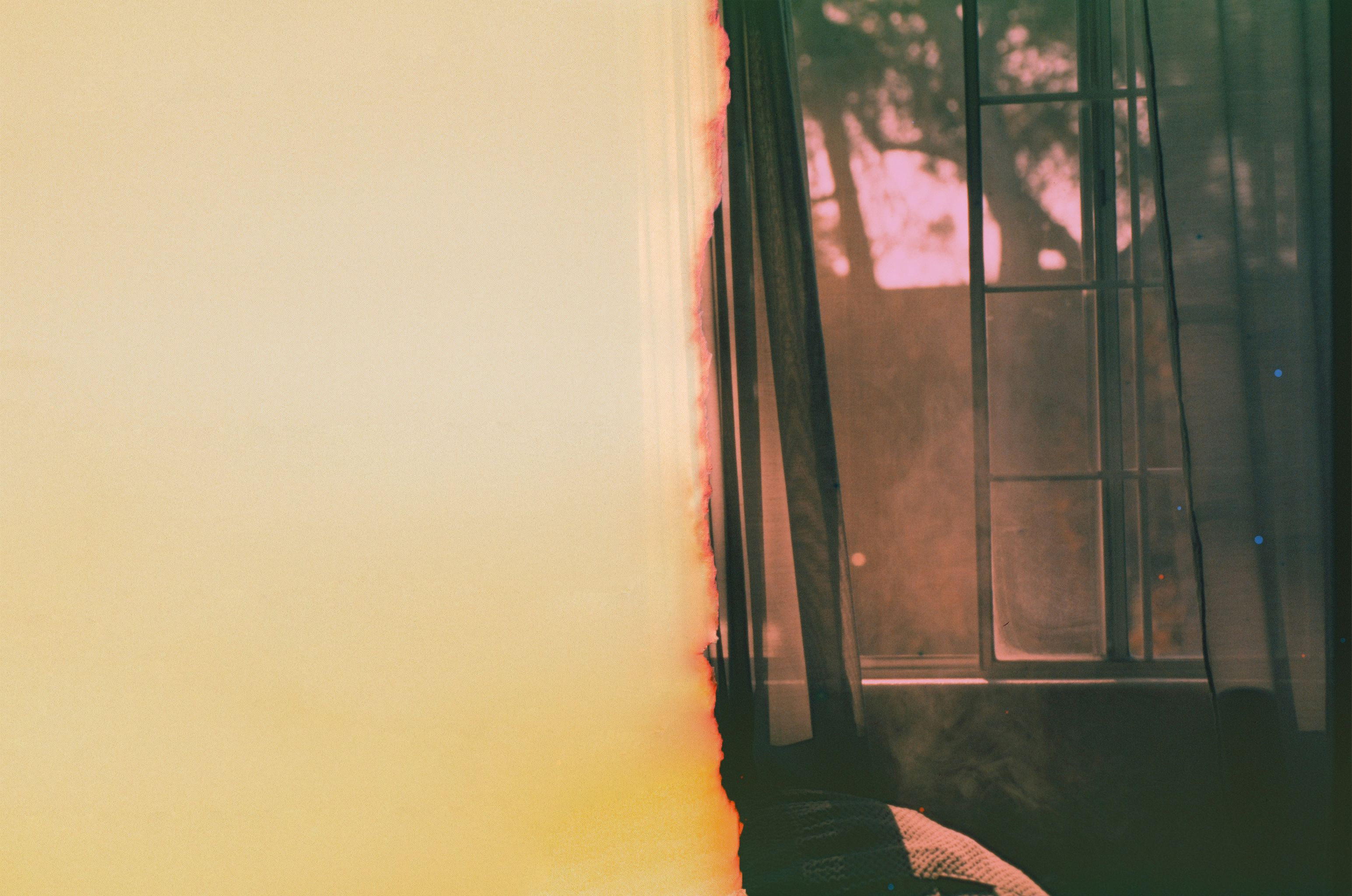
ISO is measured in numbers, with lower numbers being less sensitive and higher numbers being more sensitive. The most common ISO values are 100, 200, 400, 800, 1600, and 3000.
The lowest ISO setting or base ISO is typically 100, although some cameras go as low as 50 or even 25. Some older cameras will start at ISO 200.
Remember: the higher the ISO number, the more light you are letting into your photo.
Which ISO setting should I use?
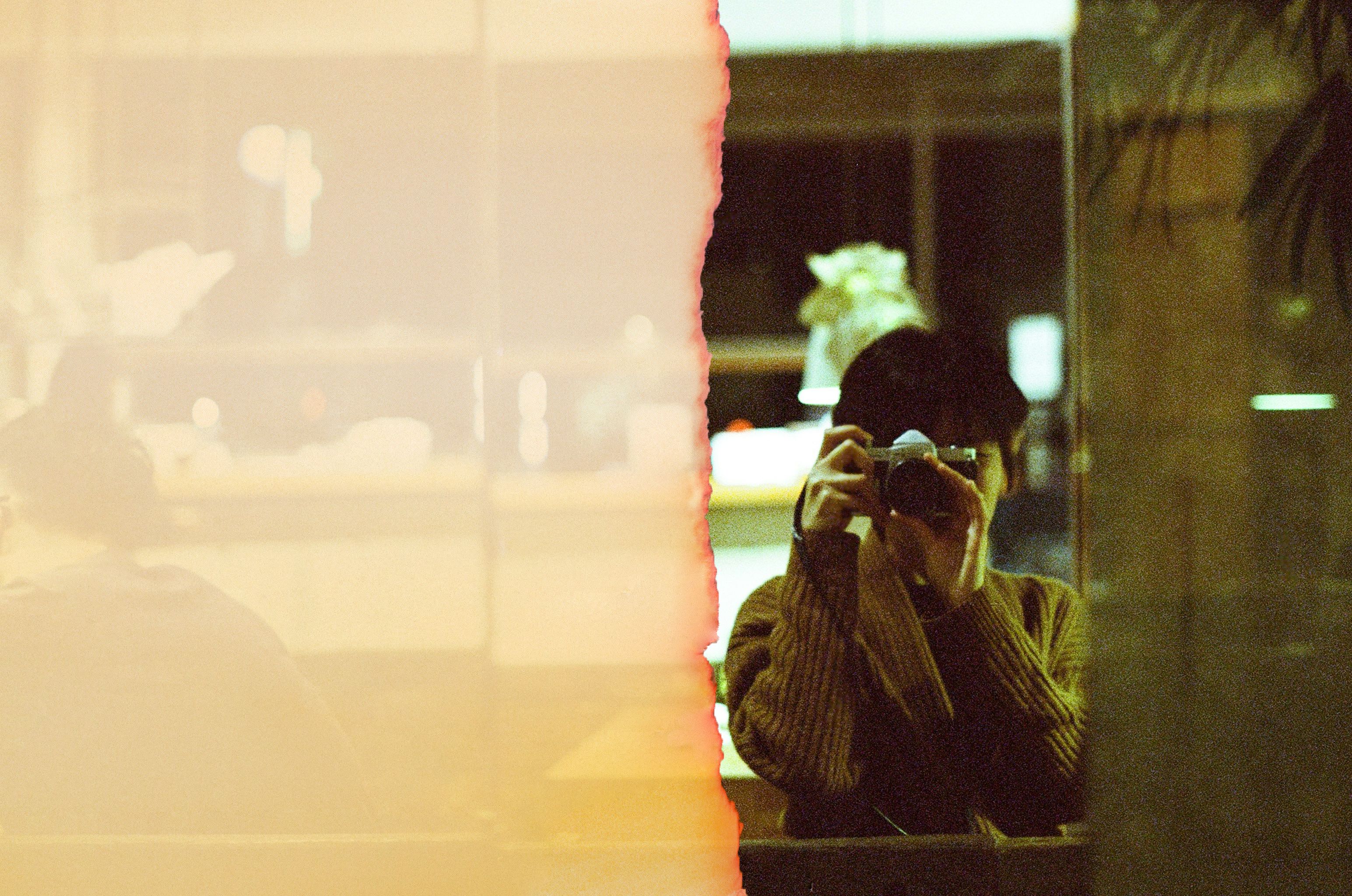
It’s hard to give general advice, especially as camera technology improves. Not too long ago, an ISO over 800 would produce some noise in your picture unless the conditions were perfect (see below for more about noise).
With better cameras, though, the risks of selecting the wrong ISO are lower.
That said, here’s a general guideline.
- ISO 100: Use this for sunny, outdoor settings. Don’t rely on this setting if there isn’t enough light. If you’re in my part of the world, this setting won’t be used nearly as often as you’d like 💨
- ISO 400: In this range, we’re talking cloudy days with imperfect light. You could also use this for indoor settings if the light is very good. You’ll have less light entering the camera, but also less noise.
- ISO 800: Use this for indoor settings with less amount of light. Once you’ve hit 800, you’re starting to risk noise entering your picture, so proceed with caution!
- ISO 1600, ISO 3200, ISO 6400+: This is for pictures in the dusk and evening, where light is imperfect.
How to change ISO settings on your camera
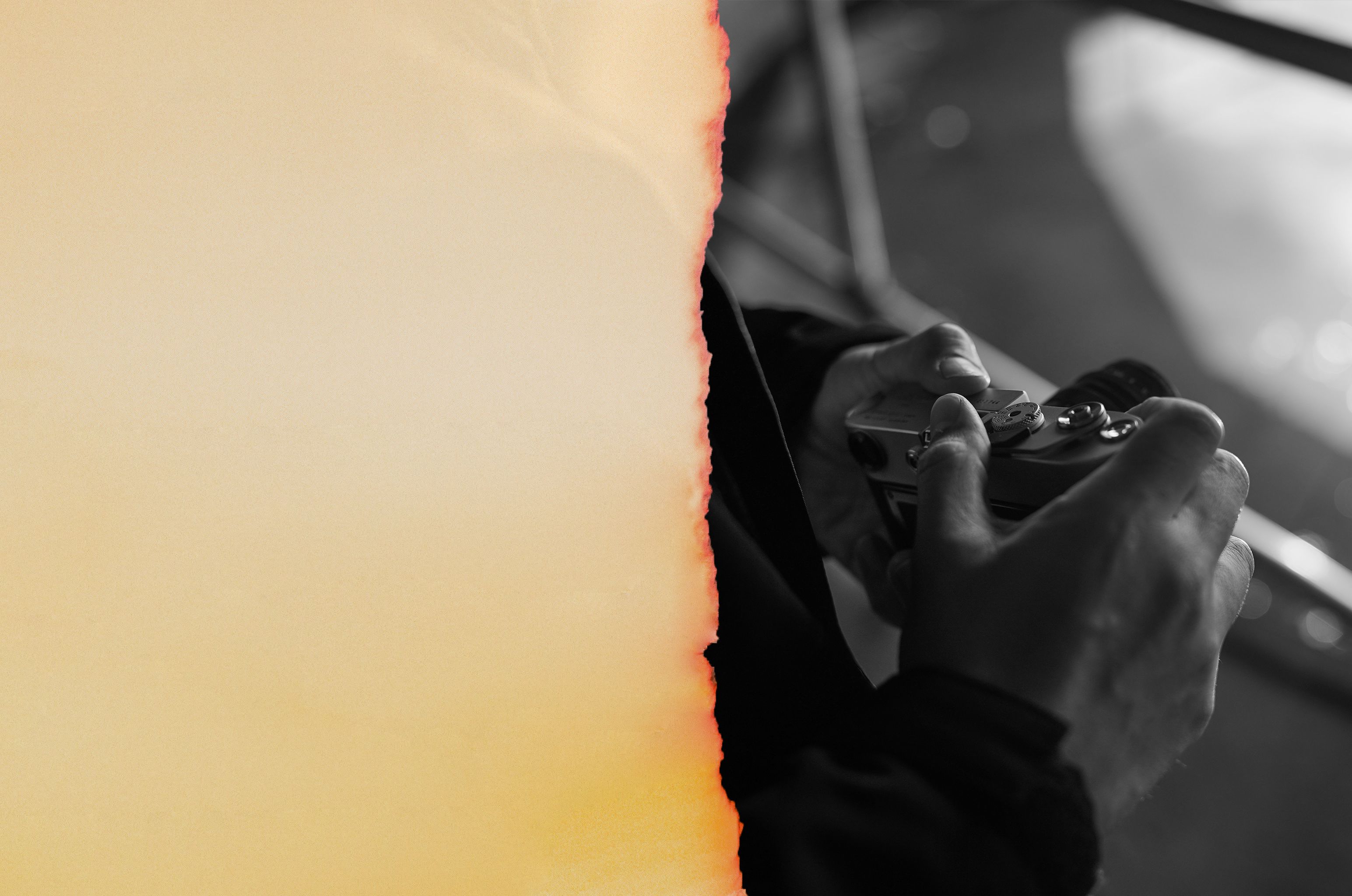
To change the camera ISO on most DSLR and mirrorless cameras, you will need to go into your camera settings and find the ISO setting. Other cameras might have a specific ISO button.
Once you have found it, you can use the + and - buttons to adjust the ISO up or down. When you are finished, be sure to press the menu button to save your changes. With a little practice, changing the ISO on your camera will become second nature.
If you're not sure, many modern cameras will let you choose 'auto ISO'. You can select the maximum range, and then set shutter speed and aperture. The camera will take care of the rest!
Understanding ISO and 'noise'
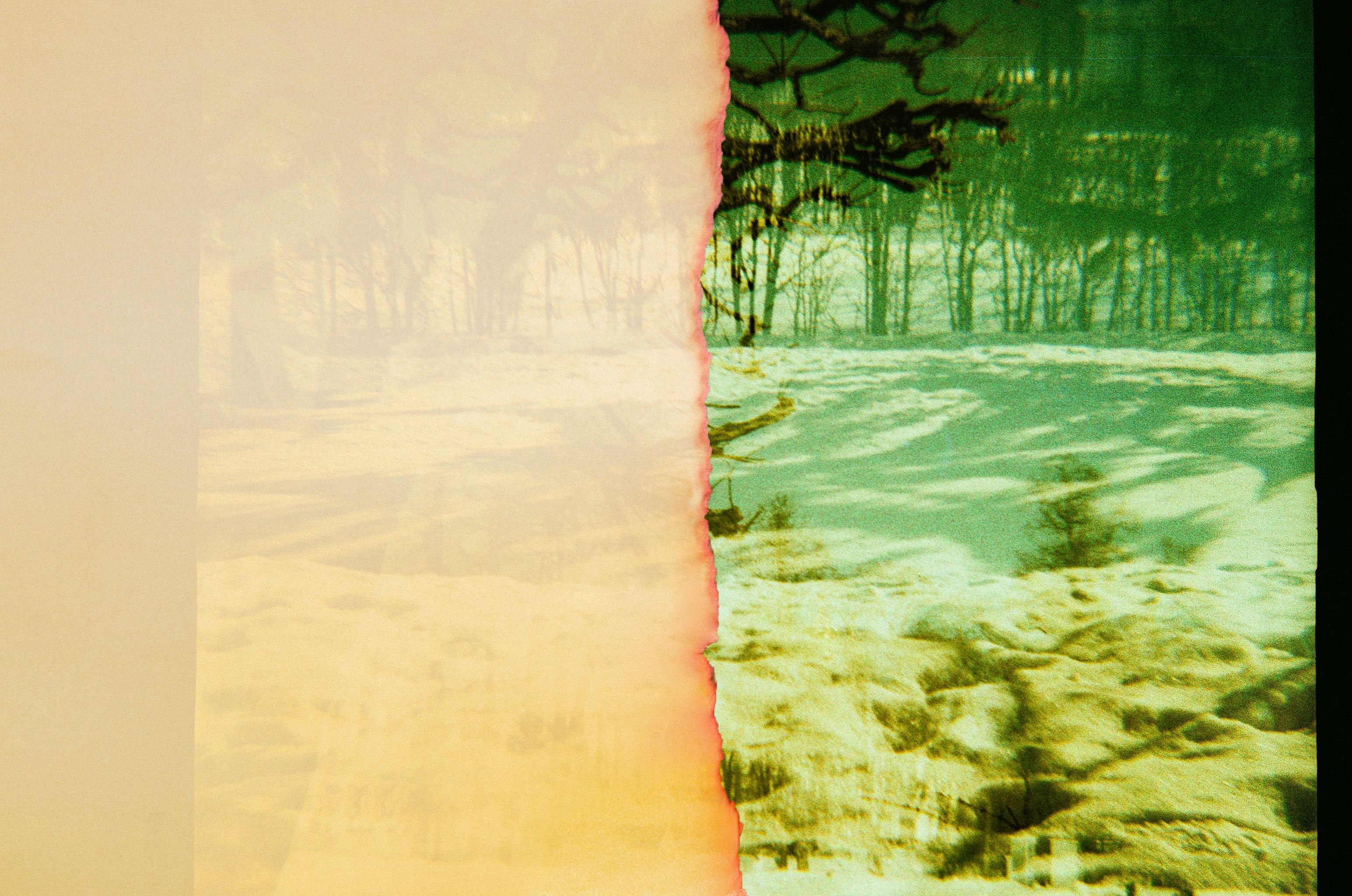
In photography, noise refers to the random variation of brightness or colour values within an image. It can be caused by a variety of factors, such as heat, electrical interference, or camera sensor defects. Noisy images often appear grainy or blurry, and can be difficult to print or enlarge without losing quality.
Although noise is generally considered to be undesirable, some photographers intentionally introduce it into their images for artistic effect.
When used sparingly, noise can add texture and depth, giving an image an organic, vintage feel. In recent years, digital noise reduction techniques have made it possible to significantly reduce noise levels in digital photographs. However, even with these advances, noise remains a common issue that all photographers must contend with.
When should I use low ISO?
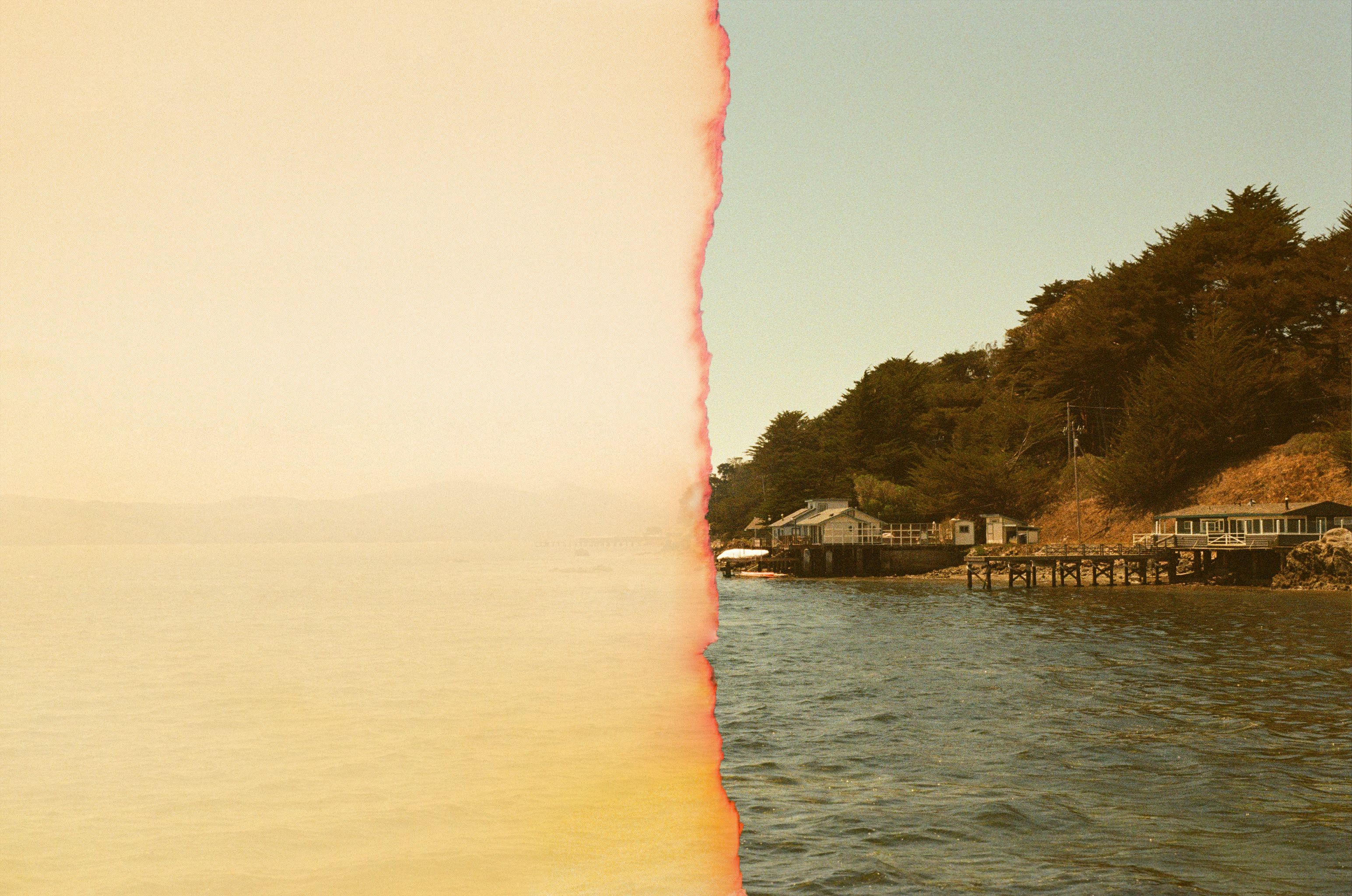
When you are taking pictures in good lighting conditions, you should use low ISO to avoid noise in the image. This will give you the best quality picture. That's because a high ISO can lead to noise in your photos, which can be especially visible in dark or low-light situations. Noise can give your photos a grainy appearance and make them look less sharp.
Another thing to consider when choosing an ISO setting is the type of photo you're taking. If you're shooting a landscape or other static subject, you can afford to use a lower ISO.
To sum up, the main reasons to use a low ISO are:
Increased dynamic range
When shooting at low ISOs, you can often capture a wider range of tones and colors in your images, resulting in more dynamic and realistic photos.
Greater sharpness and detail
Low ISO images often have greater sharpness and detail than high ISO images, due to the reduced amount of noise present in the photo.
Lower noise levels
Noise is more pronounced at high ISO settings, so by using a low ISO you can keep noise levels to a minimum and produce cleaner images.
When should I use high ISO?
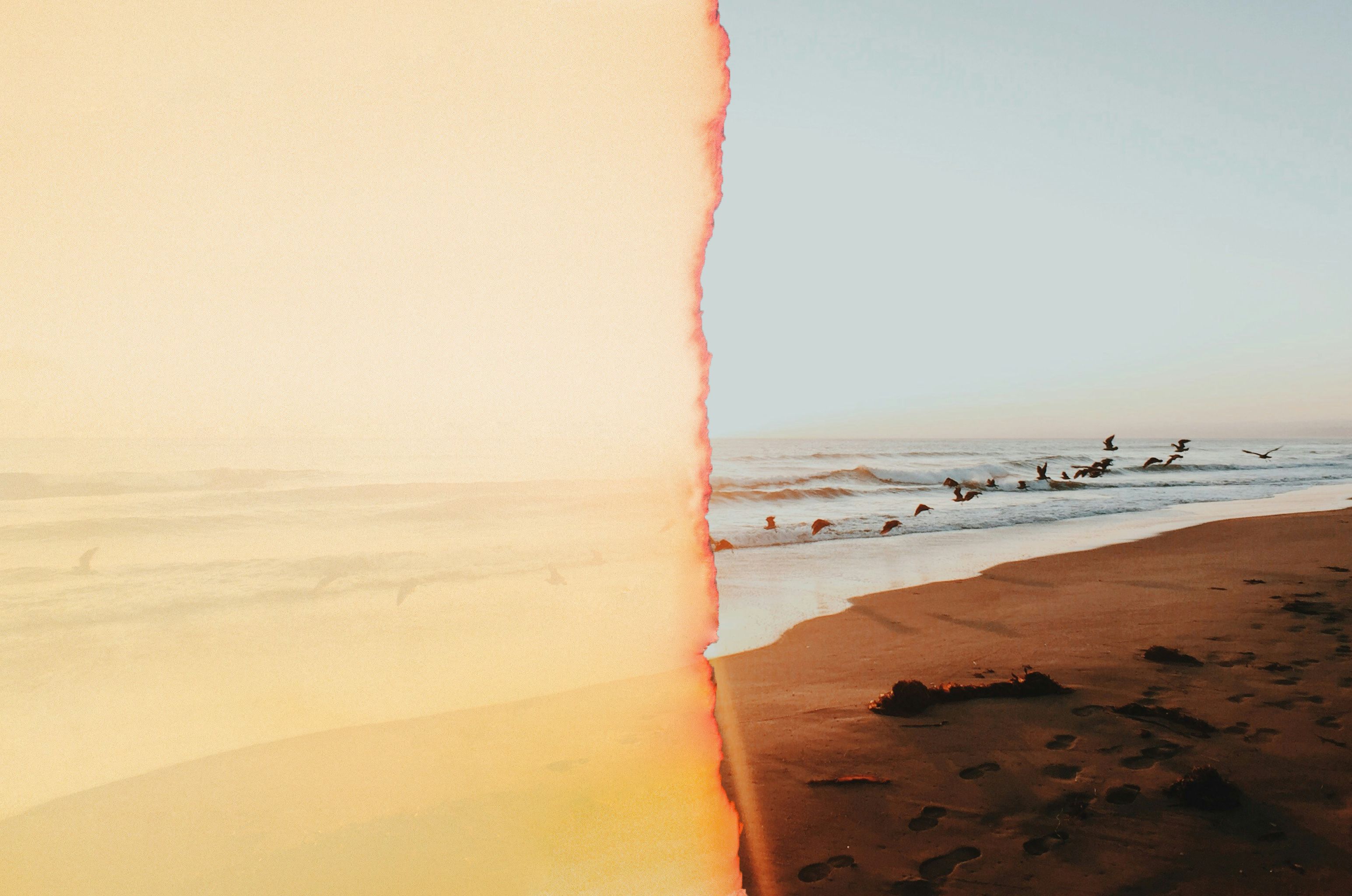
High ISO should be used when light levels are low or when a fast shutter speed is needed. Because high ISO increases the sensitivity of the sensor, it allows for shorter exposure times. This is ideal in low light situations, as it reduces the chances of blurriness due to camera shake.
Fast shutter speeds are also important for capturing action without blurring, making high ISO ideal for sports and wildlife photography. Of course, there are also drawbacks to using high ISO. The increased sensitivity can result in more graininess and noise in the image, so it is important to experiment with different settings to find the balance that works best for you.
However, if you're shooting a moving subject, like a child playing or birds in flight, you'll need to use a higher ISO to freeze the action.
To sum up, the main reasons to use high ISO are:
Low light photography
ISO can be increased to make the camera more sensitive to light in low-light situations, resulting in a brighter image.
Reducing camera shake
When shooting in low light or with a long exposure time, increasing the ISO will help to reduce camera shake and create a sharper image.
Capturing action shots in low light
If you need to shoot action shots in low light, increasing the ISO can help you achieve a faster shutter speed that will freeze the motion of your subject.
What's the difference between ISO, Shutter speed, and aperture?
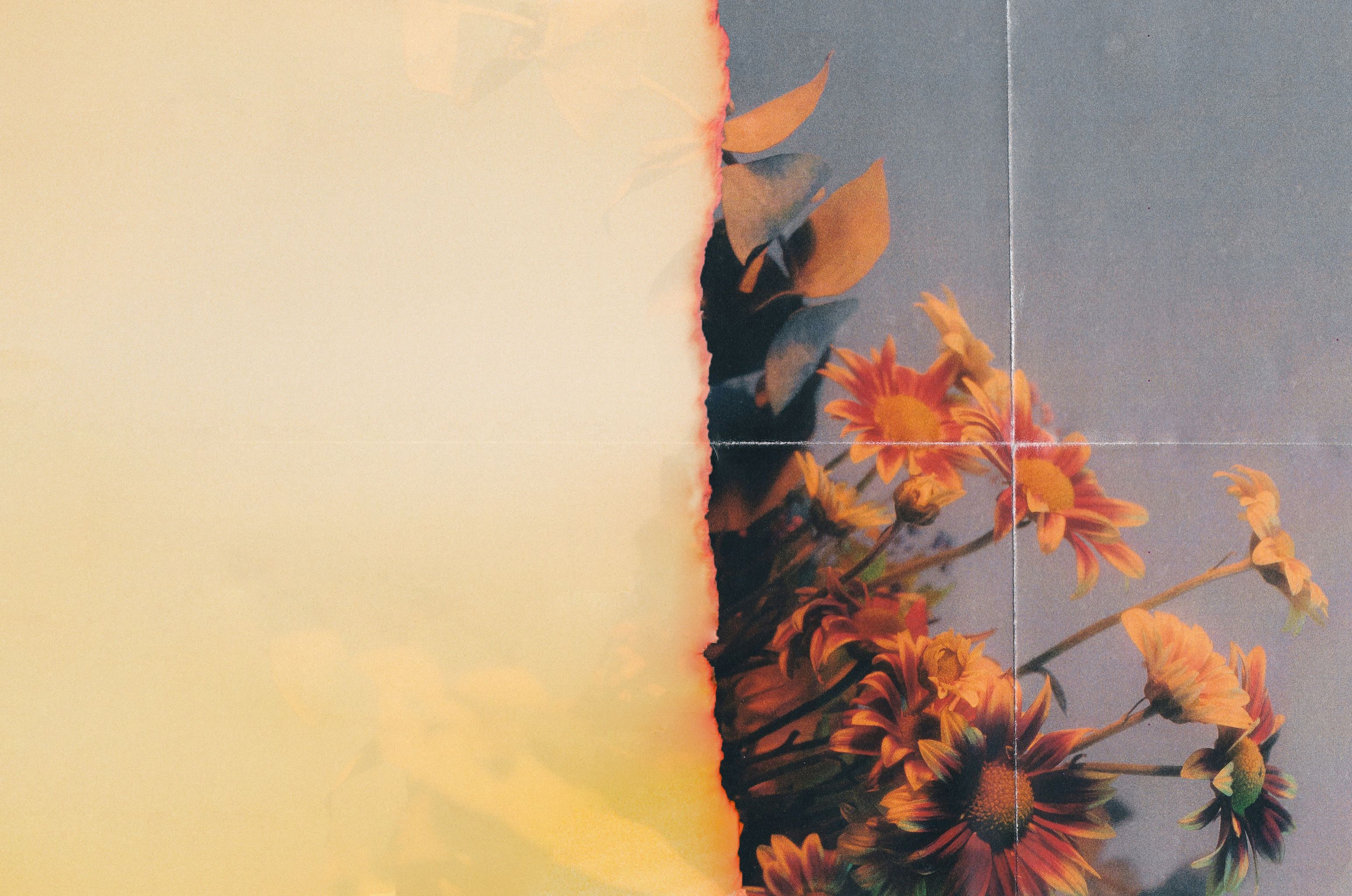
You might have heard of the 'holy trinity' of photography: ISO, shutter speed, and aperture. But what exactly do these three things mean? And how do they relate to one another?
ISO
As mentioned above, ISO refers to the sensitivity of your camera's sensor. The lower the ISO number, the less sensitive it is; the higher the number, the more sensitive. But what about shutter speed and aperture?
Shutter Speed
Shutter speed is exactly what it sounds like: it's the amount of time that your camera's shutter is open while it takes a photo. A fast shutter speed (e.g., 1/250th of a second) is good for capturing moving subjects without blurring; a slow shutter speed (e.g., 1 second) is better for low-light situations or when you want to create a sense of movement in your photo (think: light streaks from car headlights), and don’t mind ‘motion blur’.
Aperture
Aperture refers to how wide your camera's diaphragm opens while taking a photo. A wider aperture (e.g., f/2.8) means more light can enter—which is good for low-light situations—but it also has the effect of blurring the background of your photo while keeping the foreground in focus (a phenomenon known as 'depth of field'). Conversely, a narrower aperture (e.g., f/16) keeps both the foreground and background in focus but doesn't let in as much light—so it's better for well-lit scenes.
Frequently asked questions about ISO
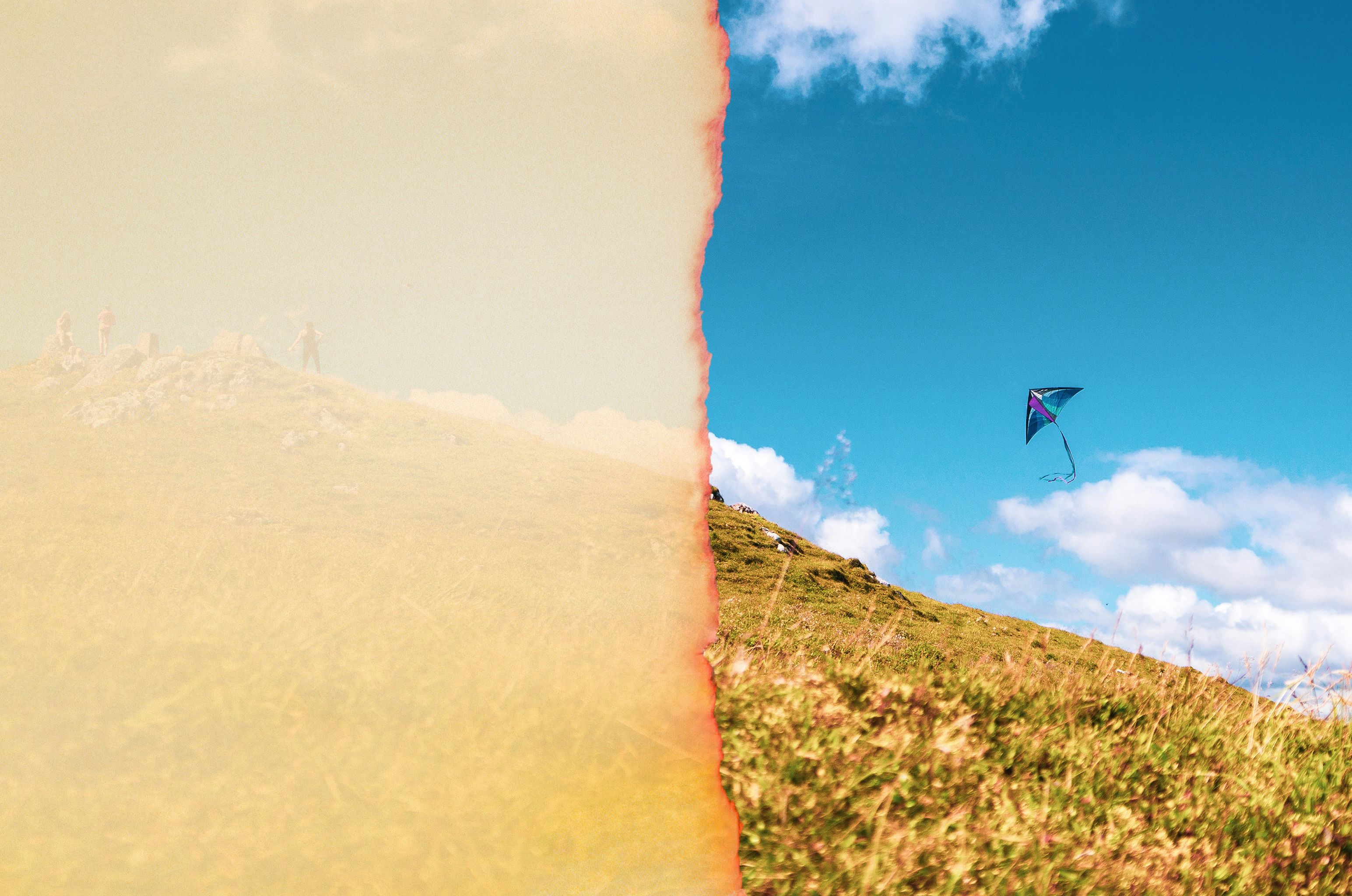
What if I get ISO wrong?
If you get your ISO or other settings wrong, then not to worry! There are a range of post-processing software programmes available to edit your photos, including Adobe Lightroom.
What's the difference between film ISO and digital ISO?
The main difference between film and digital ISO is that film ISO is a measure of the sensitivity of the film itself, while digital ISO is a measure of the sensitivity of the digital sensor. With film, you can't change the ISO after you've exposed the film; you're stuck with whatever you chose.
With digital cameras, however, you can change the ISO at any time. This means that you can shoot at a lower ISO when there's plenty of light, and then switch to a higher ISO when conditions get darker. This flexibility is one of the main advantages of digital over film
What about the ASA and DIN?
Prior to international standardisation, light was measured by either ASA (in the US) and DIN (in Germany. If you grew up using film cameras, you may be familiar with the ASA.
An ASA in photography is an acronym for 'American Standard Association.' It was a rating system used to measure film speeds and the light sensitivity of photographic films and digital sensors. The ASA rating is displayed as a number on film boxes and in the specifications of digital cameras.
The ASA rating system is a bit different to ISO. The ASA scale begins at 0, which is the light sensitivity of a very slow film, and goes up to 30,000, which is the light sensitivity of a very fast film.
ASA ratings are used to determine how long a photograph can be exposed to light without causing overexposure. For example, a film with an ASA rating of 100 can be exposed to twice as much light as a film with an ASA rating of 200.
The international ISO standards gradually replaced ASA and DIN in the late 20th century.
Conclusion
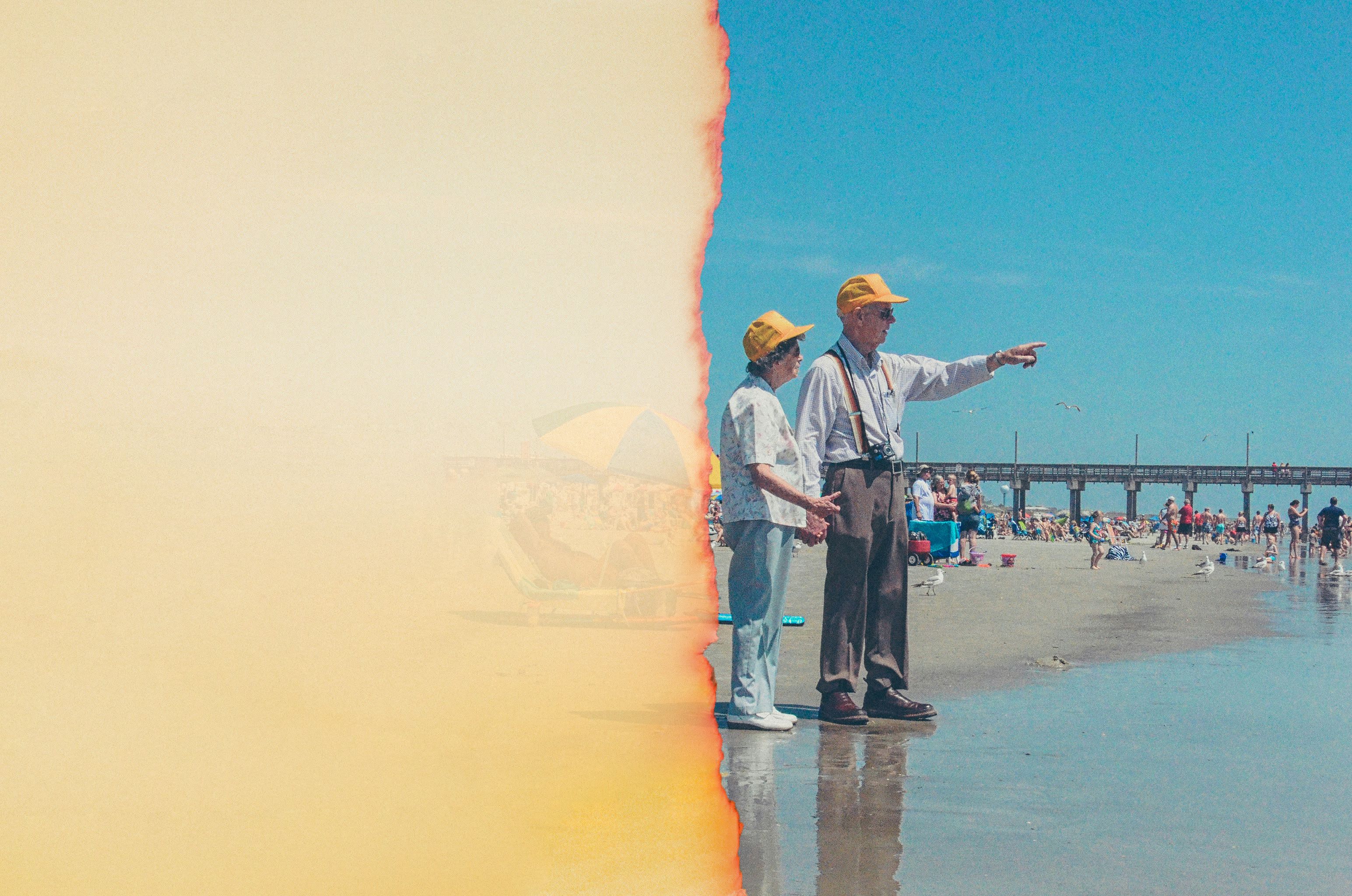
That's our guide to ISO in photography! If you have anything else you think this guide should cover, please let us know. Otherwise, we look forward to seeing your beautifully exposed photos published in your next Shorthand story!


